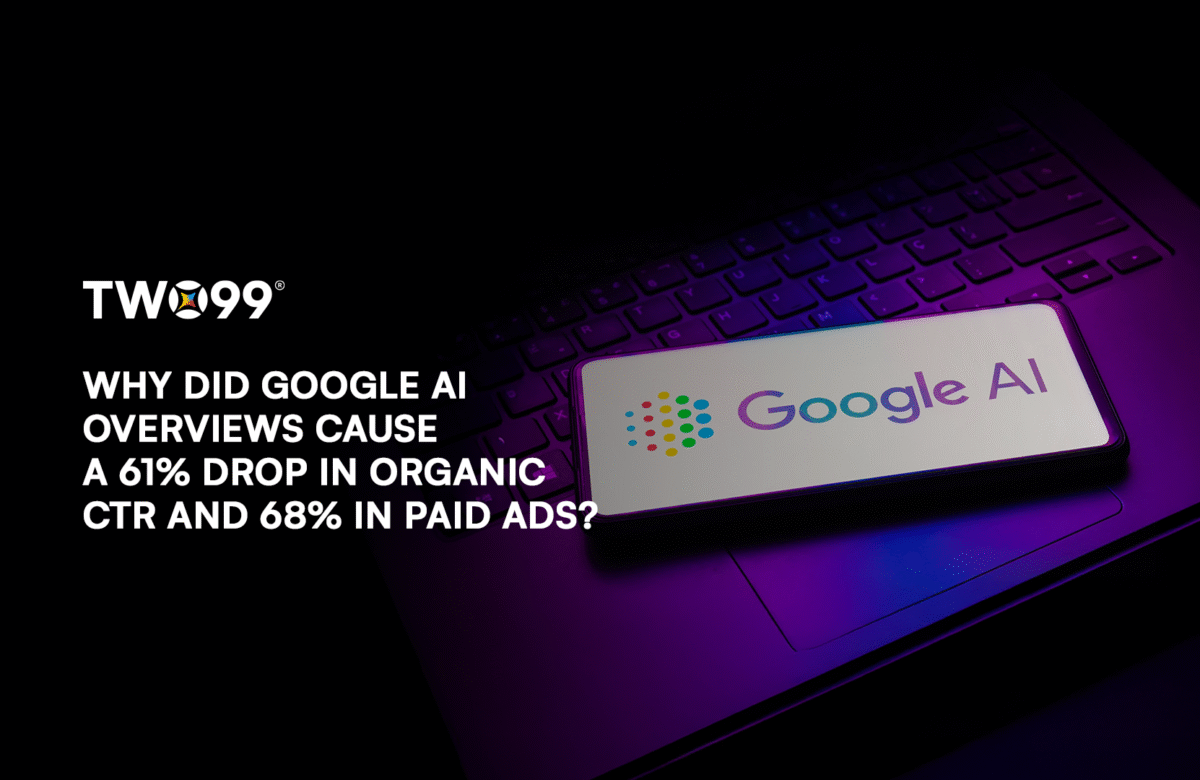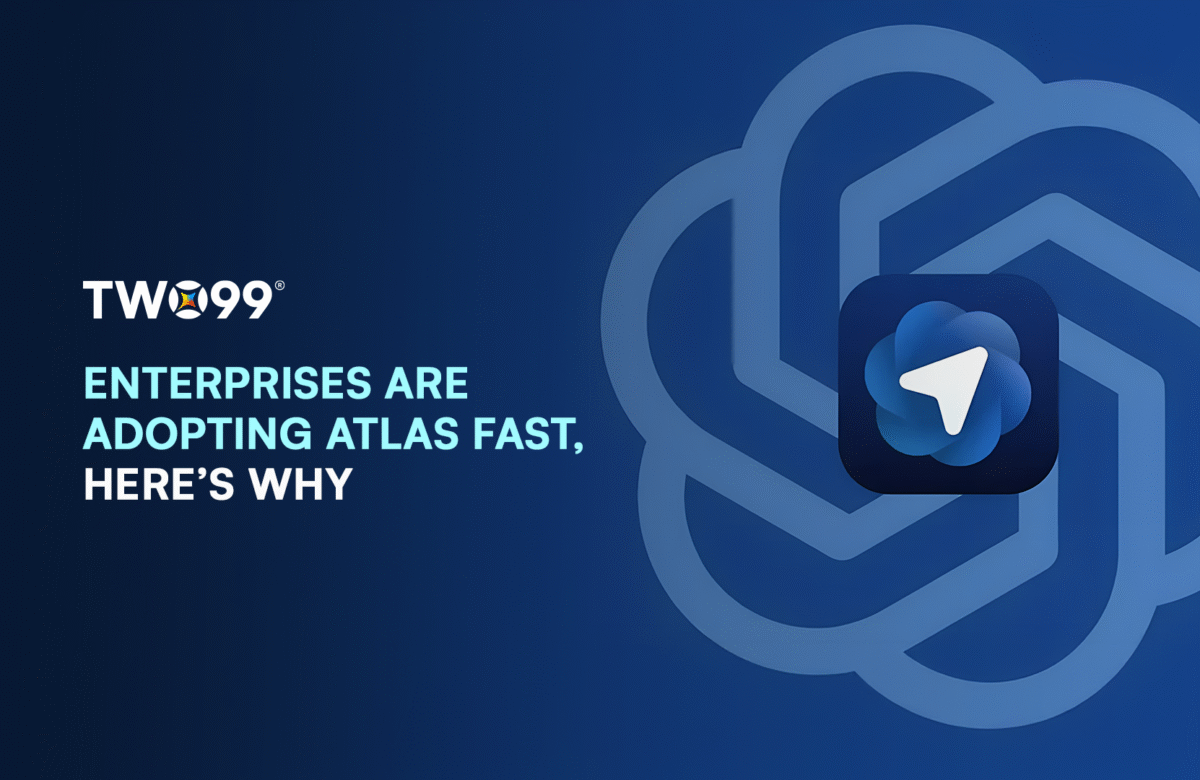Introduction: The New Era of Cyber Defense
Cybersecurity is no longer a static discipline that relies on firewalls and antivirus software. The rise of artificial intelligence has transformed the way organizations protect their digital environments. By 2025, AI in cybersecurity is no longer optional. It has become the standard for detecting and responding to increasingly sophisticated threats. From small businesses to global enterprises, every organization is recognizing that human-only defenses cannot keep up with the scale and speed of modern cyberattacks.
Artificial intelligence is reshaping the landscape by delivering smarter threat detection, faster response mechanisms, and predictive capabilities that traditional tools cannot match. This shift marks the beginning of a new era in which AI in cybersecurity is central to building resilient digital ecosystems.
Why AI is Essential for Modern Cybersecurity
Cyber threats have grown more complex, with attackers leveraging automation and advanced techniques to bypass conventional defenses. Traditional systems often generate overwhelming amounts of alerts, many of which turn out to be false positives. Security teams, already stretched thin, cannot investigate them all, leading to gaps in protection.
This is where AI in cybersecurity demonstrates its value. AI systems can sift through massive volumes of data, identify patterns that suggest malicious activity, and reduce noise by filtering out low-risk alerts. More importantly, AI is adaptive. Machine learning algorithms can evolve in real time, learning from new attacks and strengthening defenses against future ones.
The result is not just greater efficiency but also greater accuracy. Organizations benefit from AI threat detection that pinpoints real risks and responds to them in seconds rather than hours.
Key Advances in AI Cybersecurity 2025
The year 2025 has introduced breakthroughs that have significantly elevated AI cybersecurity capabilities. Some of the most important advances include:
- Predictive Analytics: AI-driven systems are now able to anticipate cyberattacks before they occur. By analyzing patterns across networks, predictive analytics identifies vulnerabilities and warns organizations of potential exploits.
- Adaptive Machine Learning Models: These models continuously adjust to evolving attack methods. Unlike static signature-based systems, adaptive models learn from anomalies, ensuring ongoing protection.
- Automated Incident Response: When an attack is detected, AI can initiate countermeasures immediately. Automated systems isolate affected devices, revoke access credentials, and neutralize threats before they spread further.
Together, these innovations make AI cybersecurity 2025 a proactive discipline rather than a reactive one. Instead of waiting for breaches to occur, organizations can rely on AI to stay several steps ahead of cybercriminals.
Smarter Threat Detection with AI
One of the most significant contributions of AI is in smarter, faster, and more reliable detection of cyber threats. Attackers have become experts at blending malicious activity with normal user behavior, making it difficult for conventional systems to recognize breaches.
AI threat detection excels in this area by analyzing behavior across users, devices, and networks. For instance, if an employee logs in from an unusual location or downloads large volumes of sensitive data outside business hours, AI flags the activity as suspicious. Natural language processing is also being applied to detect phishing attempts by analyzing the tone, structure, and intent of emails.
Moreover, AI-driven detection goes beyond external threats. Insider risks such as disgruntled employees or accidental data misuse are often overlooked. Machine learning models that monitor behavioral baselines can alert teams to deviations that may indicate insider attacks. This comprehensive approach makes AI an indispensable tool for both prevention and real-time defense.
AI and Cybersecurity: Balancing Automation with Human Oversight
While the capabilities of AI in cybersecurity are remarkable, human expertise remains irreplaceable. AI is highly effective at processing data and executing automated responses, but strategic decision-making and ethical considerations require human judgment.
Security teams and AI systems now work in tandem. Analysts focus on high-level strategy, compliance, and long-term defense planning, while AI handles repetitive monitoring and immediate threat mitigation. This partnership ensures that AI and cybersecurity do not operate in isolation but form a collaborative ecosystem where both automation and human oversight are equally critical.
Challenges and Ethical Considerations
Despite its advantages, the integration of AI into cybersecurity introduces new challenges. Adversarial AI, for example, involves cybercriminals attempting to manipulate machine learning models with deceptive data. If successful, this could blind AI systems to ongoing attacks.
Bias in AI models is another concern. If algorithms are trained on incomplete or skewed data, they may overlook certain threats or unfairly target specific user behaviors. Data privacy also remains a major issue, as AI systems require access to vast amounts of sensitive information to function effectively.
Regulatory frameworks are starting to address these challenges, but organizations must adopt ethical practices to ensure responsible use of AI. Building transparency, maintaining accountability, and conducting regular audits are crucial steps toward securing AI-driven cybersecurity systems.
The Future of AI in Cybersecurity Beyond 2025
Looking ahead, the future of AI in cybersecurity promises even greater advancements. As technology evolves, several trends are set to shape the coming decade:
- Quantum-Resistant AI Models: With quantum computing on the horizon, AI systems will need to defend against unprecedented levels of decryption power.
- Integration with IoT Security: As billions of connected devices expand the attack surface, AI will become essential for monitoring and protecting smart environments.
- Continuous Autonomous Learning: Future AI systems will be able to learn without constant human retraining, evolving autonomously to counter threats in real time.
These advancements will strengthen not only corporate networks but also critical infrastructure, government systems, and personal devices.
Securing the Digital World with AI in 2025
The digital world of 2025 demands more intelligent, adaptive, and responsive defenses than ever before. AI is no longer a supporting tool but a central component of modern cybersecurity strategies. By embracing AI in cybersecurity, organizations gain the ability to detect threats more accurately, respond faster, and predict vulnerabilities before they are exploited.
Winning the cybersecurity battle requires more than technology alone. It requires a balance of human expertise, ethical responsibility, and a forward-looking approach. Businesses that invest in AI cybersecurity 2025 are not only protecting themselves today but also preparing for the challenges of tomorrow.
Artificial intelligence is reshaping the battlefield, and in this new era, those who combine innovation with vigilance will lead the way in securing our digital future.




